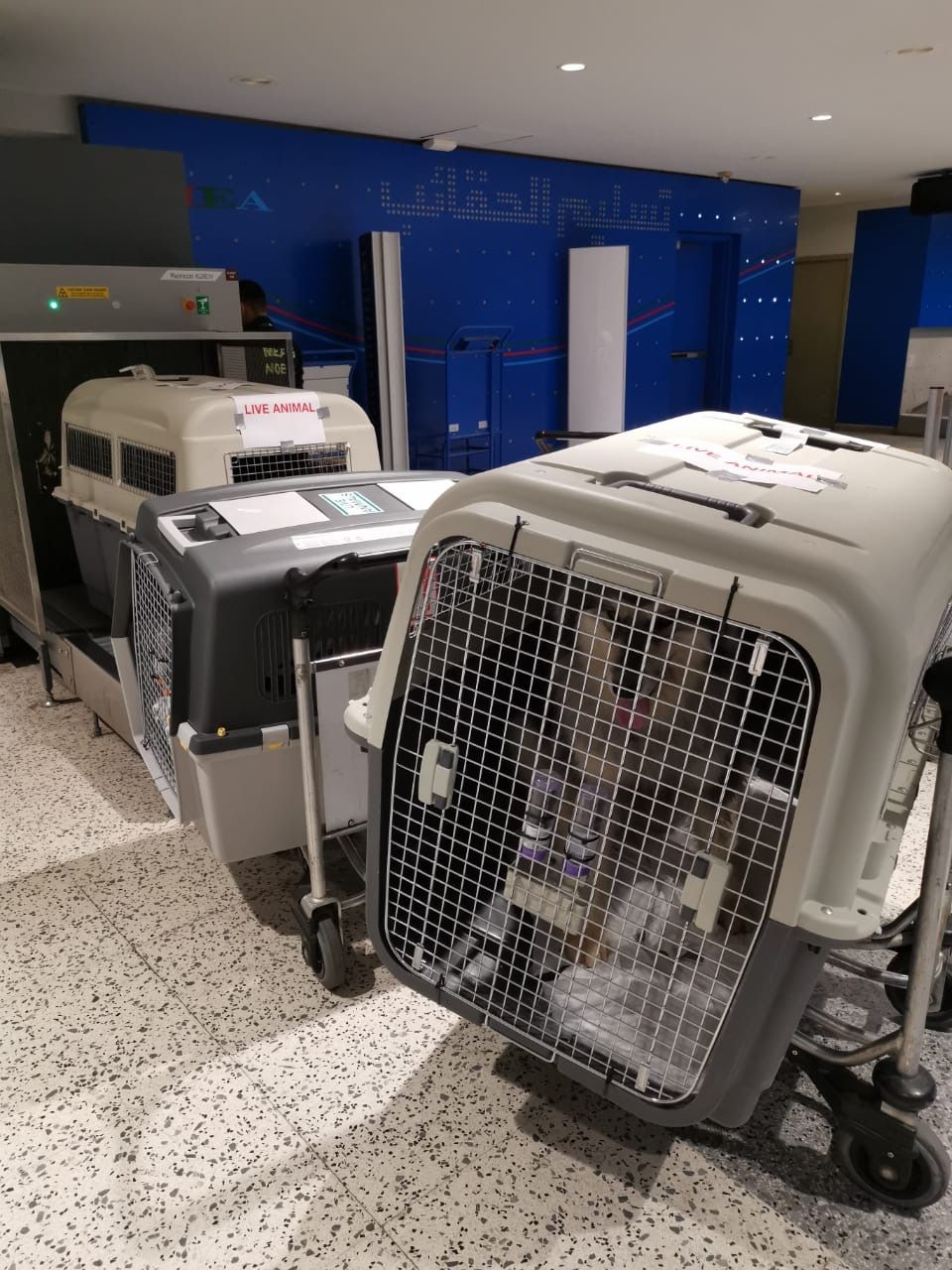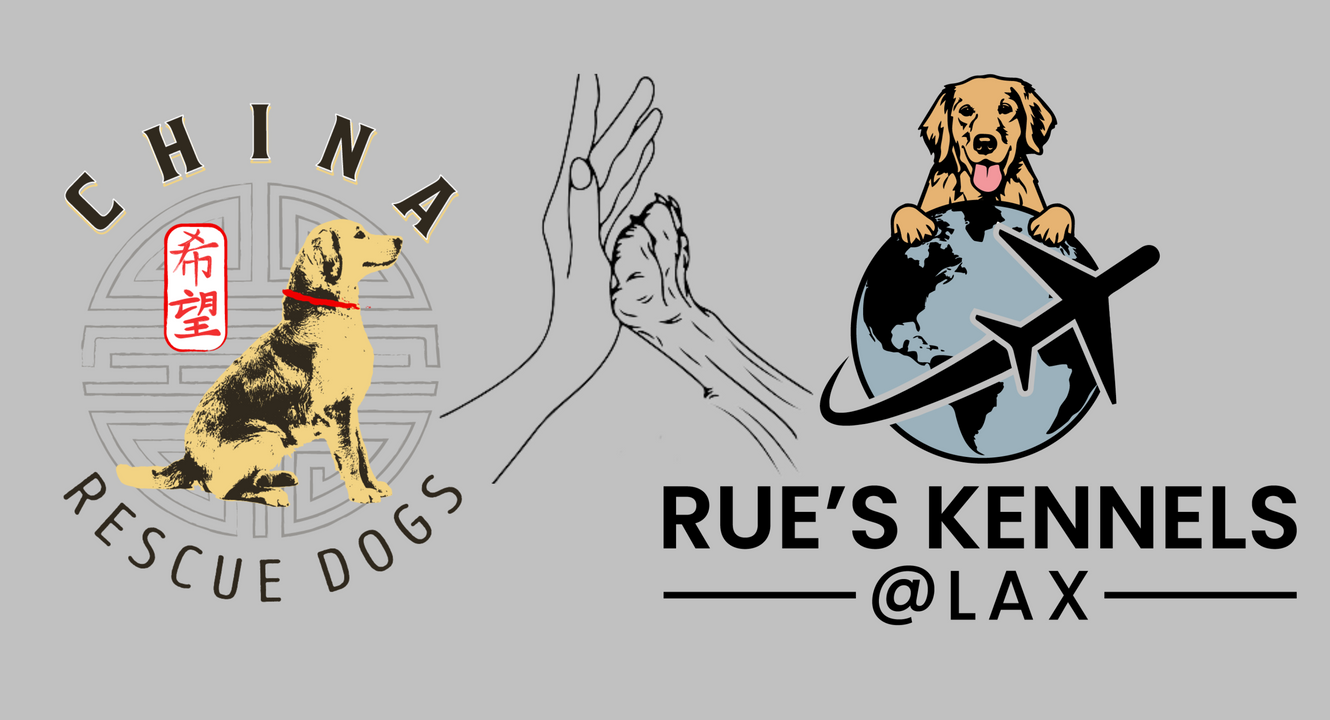Understanding International Pet Transport Guidelines
Traveling internationally with your pet is an exciting yet complex process that involves navigating various regulations and requirements. Understanding international pet transport guidelines is crucial to ensure a smooth journey for both you and your furry companion. This comprehensive guide breaks down the key aspects of pet transportation regulations by region, offering clarity and actionable advice.
Why Understanding Pet Transport Guidelines Matters
International pet transport is heavily regulated to protect animal welfare and prevent the spread of diseases. Each country has unique rules, from vaccinations and quarantine periods to approved carriers and documentation requirements. Non-compliance with these rules can lead to delays, denied entry, or even the risk of your pet being placed in quarantine unexpectedly.
Key Factors in International Pet Transport
Before diving into region-specific guidelines, it’s essential to understand the primary factors involved in international pet transport:
- Microchipping:
Many countries require pets to have an ISO-compliant microchip implanted for identification. Ensure your pet's microchip meets international standards. - Vaccinations:
Rabies vaccination is universally required. Some regions may also mandate additional vaccines for diseases prevalent in the destination country. - Health Certificates:
A vet-issued health certificate proving your pet’s fitness to travel is a mandatory document in most international pet travel scenarios. - Quarantine Requirements:
Some countries require pets to undergo quarantine upon arrival to ensure they are disease-free. The duration varies by region. - Approved Carriers:
Airlines and shipping companies may have specific guidelines about pet crates and travel accommodations.
International Pet Transport Guidelines by Region
1. North America
United States:
- Pets entering the U.S. must have a rabies vaccination certificate.
- A USDA-accredited veterinarian should issue a health certificate within 10 days of travel.
- Hawaii and Guam have stricter rules, including rabies-free status requirements.
Canada:
- Proof of rabies vaccination is essential.
- Additional paperwork may be needed if transporting exotic pets.
Mexico:
- Pets must have a health certificate issued within 15 days of travel and proof of rabies vaccination.
2. Europe
European Union (EU):
- Pets must have an EU Pet Passport, which includes details of microchipping, vaccinations, and vet checks.
- Non-EU countries may need an official veterinary certificate recognized by the EU.
- Rabies titration tests may be required if traveling from high-risk countries.
United Kingdom:
- Post-Brexit, the UK has separate requirements, including an Animal Health Certificate (AHC).
- Quarantine is typically avoided if all regulations are met.
3. Asia
Japan:
- Pets must undergo a rabies antibody test and a 180-day waiting period before entering.
- An Advanced Notification form should be submitted to the Animal Quarantine Service.
China:
- Pets require a microchip, rabies vaccination, and a health certificate.
- Quarantine of up to 30 days may be mandatory depending on the city of entry.
Singapore:
- Rabies-free status documentation and quarantine of 10-30 days are common.
- An import license is required.
4. Oceania
Australia:
- Australia enforces strict biosecurity laws, including rabies antibody testing and a quarantine period of at least 10 days.
- Use approved pet transport services for hassle-free compliance.
New Zealand:
- Similar to Australia, with strict rabies control measures and quarantine requirements.
5. Africa
- Many African nations require pets to have microchips, rabies vaccinations, and health certificates.
- Some regions have limited approved points of entry for pets.
6. South America
- Rabies vaccination and a health certificate are the primary requirements.
- Exotic pet regulations vary significantly by country.
Tips for Stress-Free International Pet Transport
Plan Ahead:
Start planning your pet’s travel at least six months in advance to accommodate vaccinations, paperwork, and potential waiting periods.
Work with Professionals:
Partner with experienced pet transport services to ensure compliance with regulations and minimize travel stress.
Understand Airline Policies:
Airlines have varying rules for pet transport, including crate dimensions and in-cabin allowances.
Prepare for Emergencies:
Carry duplicates of all documents and have contact information for emergency veterinary services in your destination country.
Acclimate Your Pet:
Familiarize your pet with their travel crate and ensure they are comfortable in it for extended periods.
Professional Pet Transport Assistance
Navigating international pet transport guidelines can be overwhelming. At Rue's Kennels, we specialize in assisting pet owners with the entire process, from documentation and vaccinations to arranging quarantine stays. Our team ensures that every detail is covered, so your pet's journey is safe and stress-free. Learn more about our International Pet Transport Services today!
Conclusion
Understanding international pet transport guidelines is vital for ensuring your pet’s safety and comfort during their journey. By researching region-specific rules, preparing well in advance, and partnering with professional pet transport services, you can make the process smoother and more enjoyable for you and your furry companion.
For expert guidance and assistance, contact Rue's Kennels—where your pet's journey begins with care and professionalism.
share this
Related Articles
Related Articles



STAY UP TO DATE
GET PATH'S LATEST
Receive bi-weekly updates from the church, and get a heads up on upcoming events.
Contact Us

















